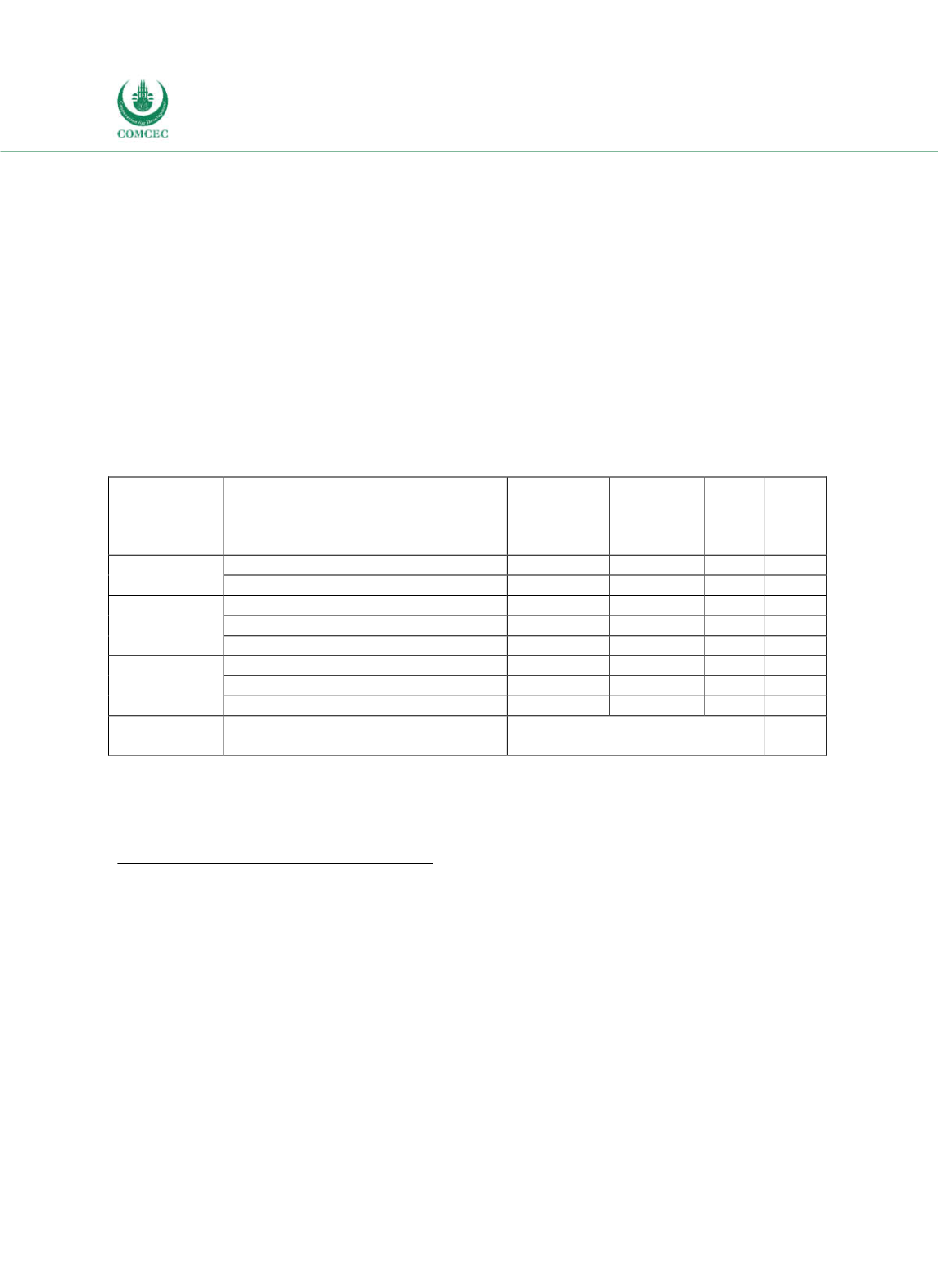

Improving Public Debt Management
In the OIC Member Countries
150
debt issuance strategy. Moreover, public debt management should create a yield curve of
government bonds and bills to support the transmission process of monetary policy.
The strategy identifies the refinancing risk of maturing debt and potentially adverse interest
rate movements as primary risk factors (see also Table 411). Given these risks, the strategy
proposes the further extension of both the average time to maturity and the average time to
refixing of the debt portfolio as it guards government finances from the negative implications
of prospective increases in interest rates. In order to cover redemptions and interest payments
of foreign currency debt, the strategy aims to increase annual foreign currency borrowing by
raising the ceiling on annual foreign currency borrowing (currently 30% of total borrowing).
To enable higher foreign currency borrowing, additional legislature might be needed.
According to the strategy, the quantification of borrowing and risk targets will remain an
internal matter of the MoF with support from the High Debt Committee and actual
performance will be compared to these targets regularly (MoF 2014).
Table 4-11: Lebanon – Cost and Risk indicators for the Government's Debt Portfolio (2013)
Type of risk
Risk indicator
Domestic
debt
External
debt
Total
debt
Targe
ts
(tot.
debt)
Cost of debt
Interest as % of govt. revenues
24
17
40
WAIR (in %)
6.7
5.9
6.4
Refinancing
risk
ATM (years)
3.5
5.6
4.3 > 4.3
Debt maturing in 1 year (% of total)
20.4
8.9
15.7
Debt maturing in 1 year (% of GDP)
Interest rate
risk
ATR (years)
3.5
5.5
4.3 > 4.3
Debt refixing in 1 year (% of total)
20.4
9.9
16.1
Fixed rate debt (% of total)
96.3
98.8
97.3
Exchange
rate risk
FX debt (% of total)
41.3
Note: Note: ATM = Average Time to Maturity; ATR = Average Time to Refixing; FX = Foreign exchange; ST = Short-
term; WAIR = Weighted average interest rate. Classification of domestic and external debt based on currency
denomination.
Source: MoF (2014).
Borrowing and Related Financial Activities
Operations (incl. Islamic finance)
The government issues TBills (maturities of three, six and twelve months) and TBonds
(maturities of 215 years). Over 97% of domesticcurrency debt has a maturity of two years or
more. Since 2012, Lebanon has also issued domesticcurrency debt with maturities of eight
years or more. In March 2016, the average time to maturity of domestic currency debt (TBills
and TBonds) was 3.41 years, up from 1.6 years in 2009. Shortterm TBills are usually used
for cash management. The government has also idle cash reserves, i.e. public sector deposits in
commercial banks and the Banque du Liban.
The average yields on Lebanese TBills have decreased since 2002 when the international
donor convention in Paris restored confidence in the government and in the economy (Credit
Libanais 2016). Between 2006 and 2015 the average yield of Lebanese shortterm rates (three,
six and twelve months) decreased from 6.74% to 4.93% (see Figure 434).
















